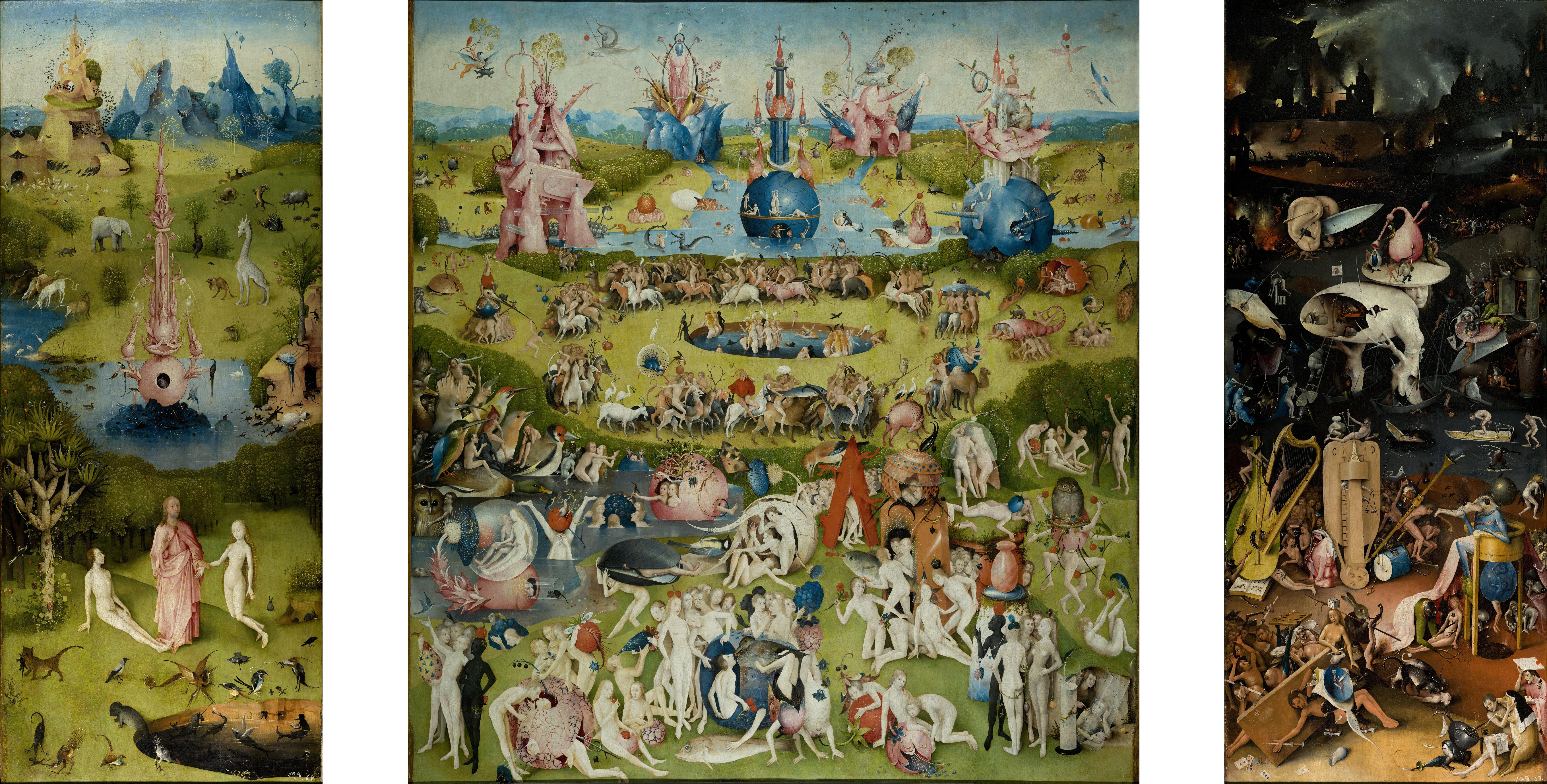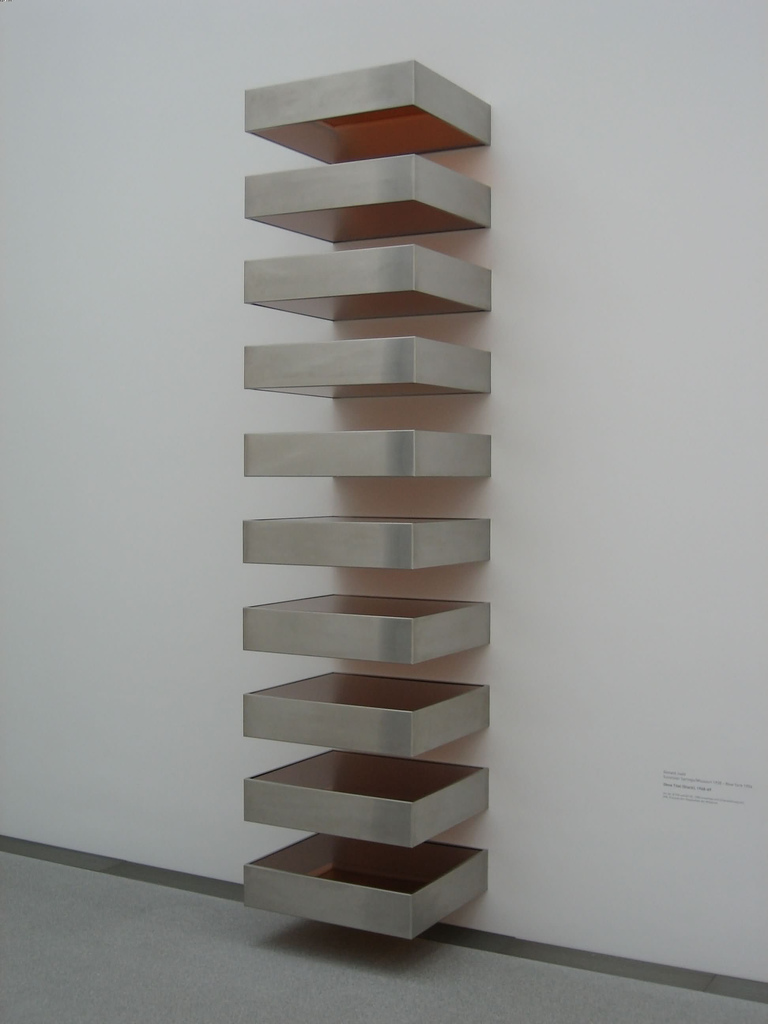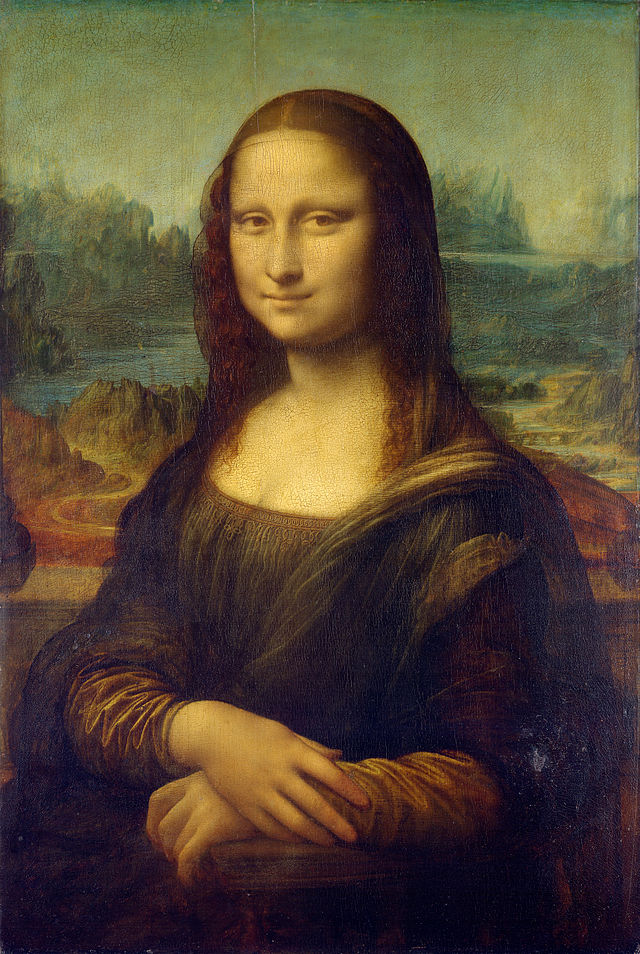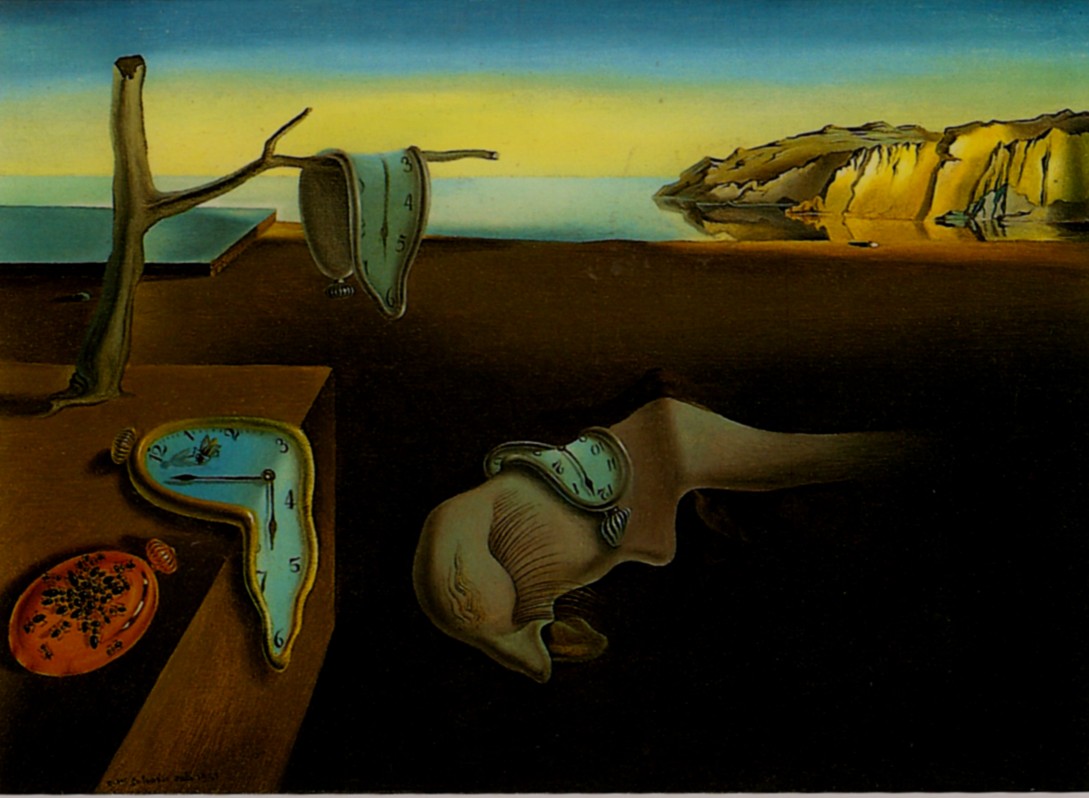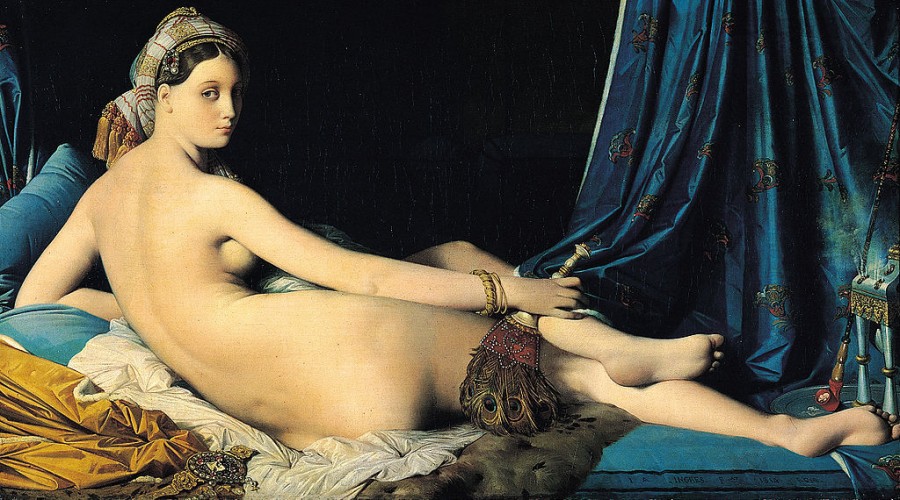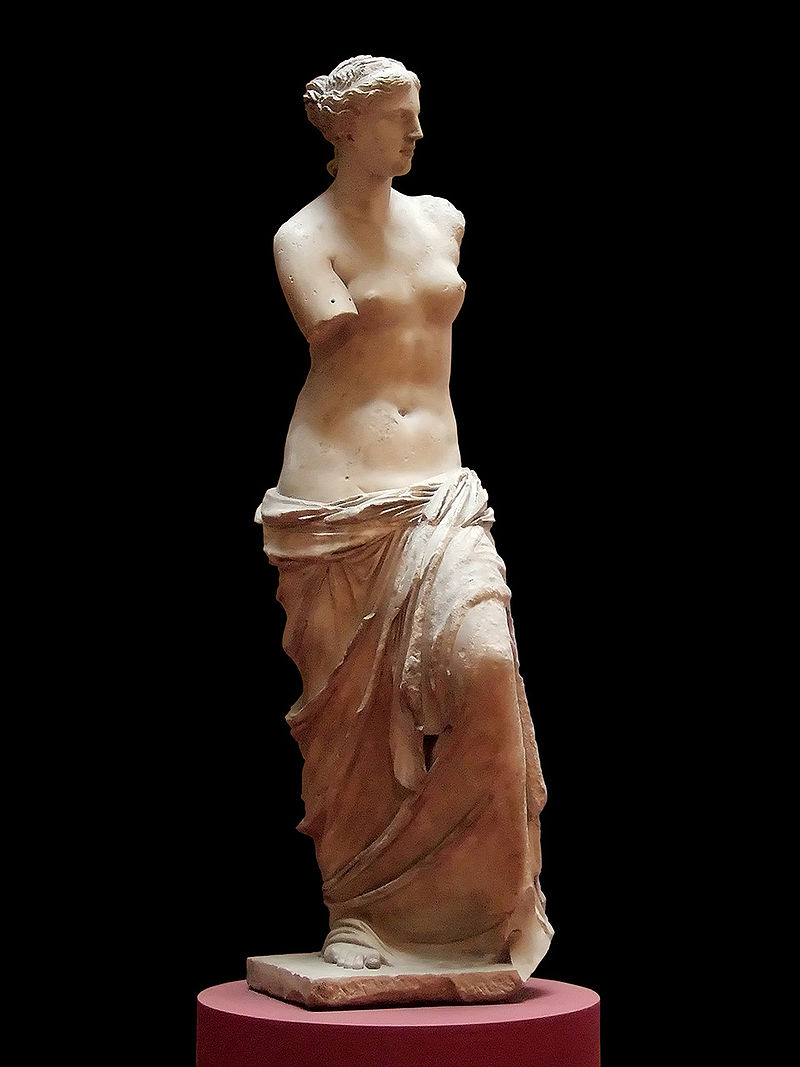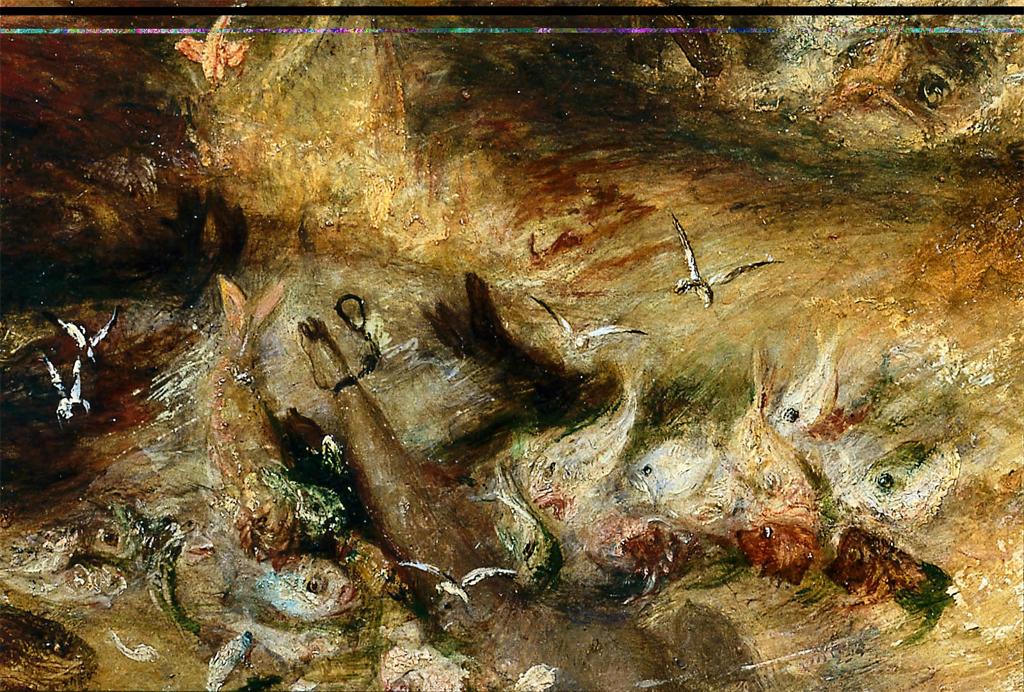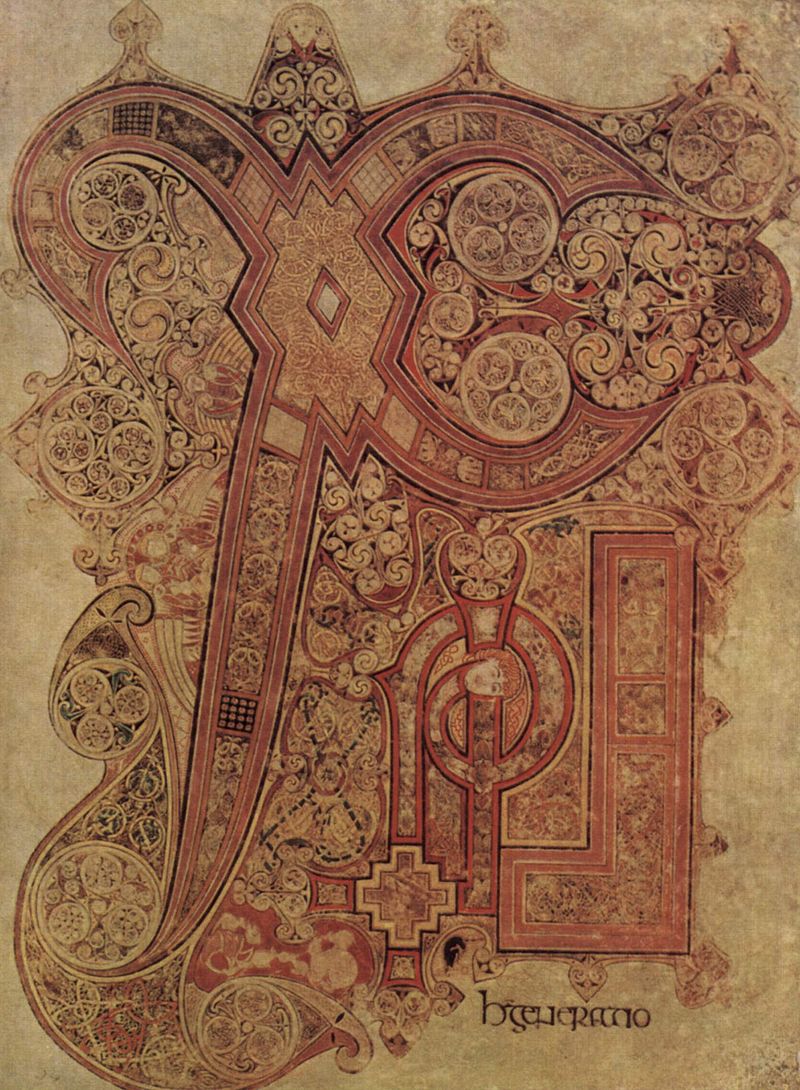The British Pop artist Richard Hamilton passed away earlier this week. Some people think that Pop Art strictly was an American art movement, but it actually started in England with Richard Hamilton and his artist friends. At the end of … Continue reading
 Richard Hamilton, Just What Is It That Makes Today’s Homes So Different, So Appealing?, 1956, collage on paper, 10¼” x 9¾”, Kunsthalle Tübingen, Sammlung Zundel, Germany. Photo by Ian Burt under a Creative Commons Attribution License.
Richard Hamilton, Just What Is It That Makes Today’s Homes So Different, So Appealing?, 1956, collage on paper, 10¼” x 9¾”, Kunsthalle Tübingen, Sammlung Zundel, Germany. Photo by Ian Burt under a Creative Commons Attribution License.

